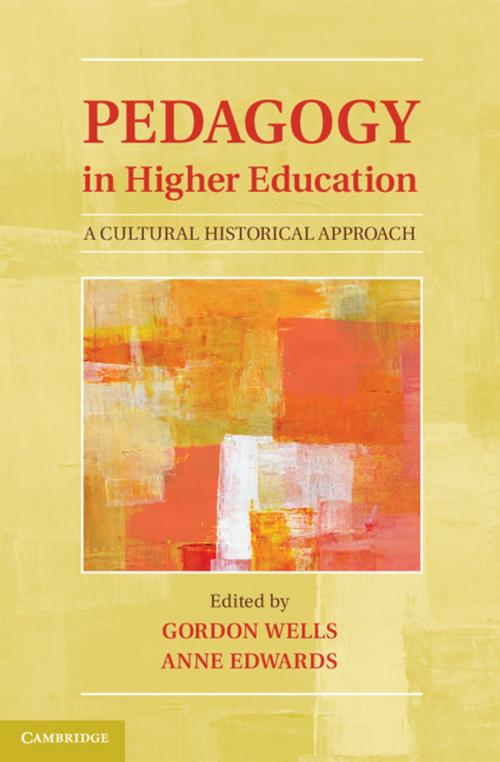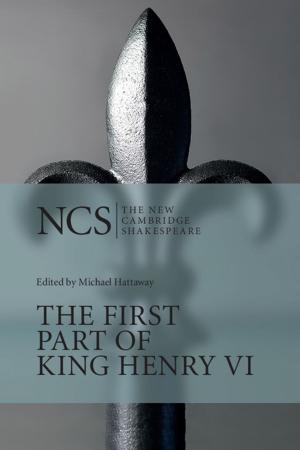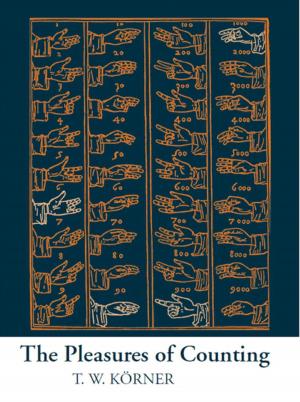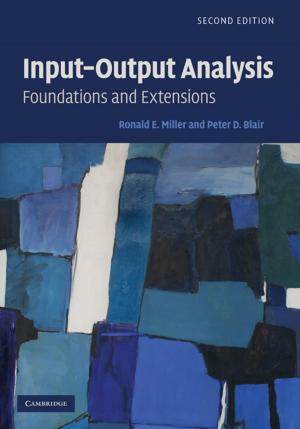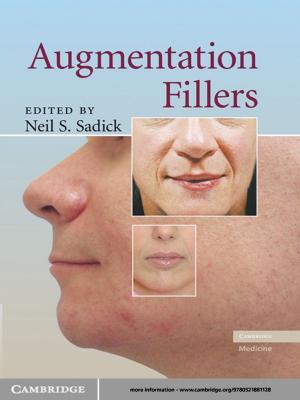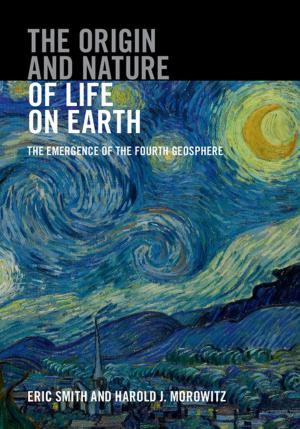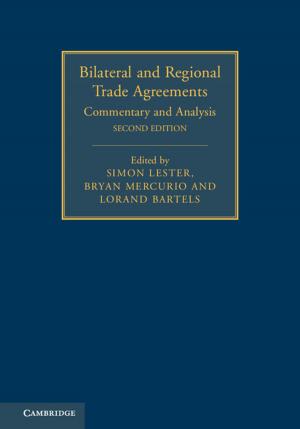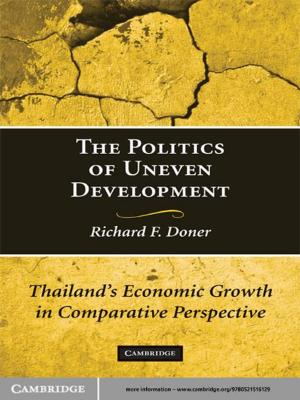Pedagogy in Higher Education
A Cultural Historical Approach
Nonfiction, Reference & Language, Education & Teaching, Educational Theory, Educational Psychology, Health & Well Being, Psychology| Author: | ISBN: | 9781107702561 | |
| Publisher: | Cambridge University Press | Publication: | November 18, 2013 |
| Imprint: | Cambridge University Press | Language: | English |
| Author: | |
| ISBN: | 9781107702561 |
| Publisher: | Cambridge University Press |
| Publication: | November 18, 2013 |
| Imprint: | Cambridge University Press |
| Language: | English |
What can Cultural Historical Activity Theory (CHAT) contribute to the solution of the problems facing higher education today? This edited volume brings together the work of an international group of scholars and researchers to address this important question. Drawing on contemporary interpretations of CHAT, the contributors take on a wide range of issues, ranging from pedagogy to administration and from teacher preparation to university outreach. An introduction presents the key principles of CHAT. Subsequent chapters address such issues as effective ways of teaching large undergraduate classes, providing support for struggling writers or for students with disabilities, opening up opportunities for students from historically underserved communities, preparing students for the professions, and building bridges between higher education and the wider community. Readers with an interest in higher education will encounter ideas in these chapters that will prompt them to rethink their role in preparing today's students for tomorrow's challenges.
What can Cultural Historical Activity Theory (CHAT) contribute to the solution of the problems facing higher education today? This edited volume brings together the work of an international group of scholars and researchers to address this important question. Drawing on contemporary interpretations of CHAT, the contributors take on a wide range of issues, ranging from pedagogy to administration and from teacher preparation to university outreach. An introduction presents the key principles of CHAT. Subsequent chapters address such issues as effective ways of teaching large undergraduate classes, providing support for struggling writers or for students with disabilities, opening up opportunities for students from historically underserved communities, preparing students for the professions, and building bridges between higher education and the wider community. Readers with an interest in higher education will encounter ideas in these chapters that will prompt them to rethink their role in preparing today's students for tomorrow's challenges.
